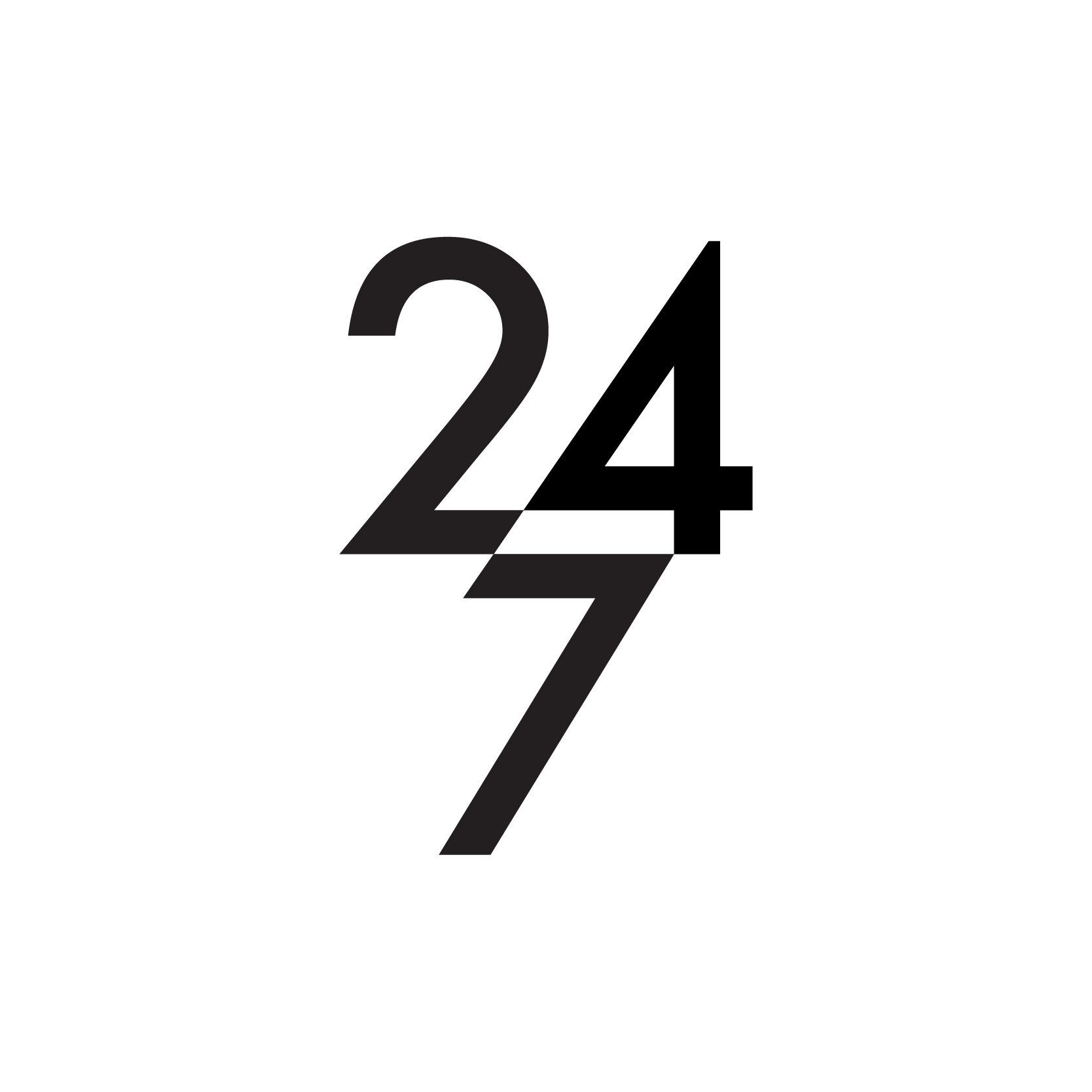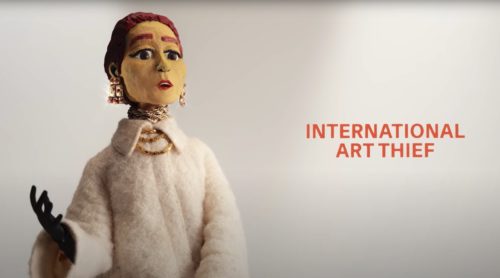How long have you been directing for and what inspired you to seek out a career as a filmmaker?
I’ve been directing for something like three years commercially and I did music videos before that. But I started experimenting with cameras and storytelling when I was pretty young, way before I understood that it could be a career.
I actually built a dark room in the janitor’s closet at my primary school. I found the chemicals online and addressed the bill to my teacher. Filmmaking was alchemy to me then. Movies had this feeling about them that I couldn’t explain. They didn’t seem like objects someone could make. They were a mystery with a loose thread. I sort of just started pulling at the thread and eventually discovered my craft.
What do you love about the film and creative industries?
I’ve always liked making things. There’s something inherently satisfying about seeing a thing in the world that wasn’t there before you made it so. It’s as close as I’ll ever come to magic. You’re conjuring things out of thin air.
Also, nothing beats being on set. It’s such a fun place to be around. And there’s no greater high than rolling film.
What’s one of the biggest obstacles you’ve had to overcome so far in your career as a director and what did you learn from it?
Probably the most common obstacle when you want to direct commercials is getting your start or widening your repertoire. It’s like trying to get an ancient airplane off the ground solo. You have to hand-prop the propeller and be in the cockpit at the same time.
There are plenty of Catch-22 moments. If you’ve never directed a commercial, you won’t get the job to direct a commercial. If you’ve never directed cars, you won’t get the car job. If you’ve never done macro, you’ll never win this macro thing. That’s just the name of the game because people are putting their money and careers in your lap. So, you have to find ways to prove you can do it. For me, passion projects and music videos were a big help, as was always pushing the creative and craft so that even a small film no one else wants to take on can become something interesting and act as a creative validation down the line.
How would you define your cinematic style; who are your creative inspirations?
I usually try to let the story or project dictate the tone and style. I don’t want to force style onto something. It’s more like, what does this idea need? What’s the feeling that an audience should feel?
I tend to get excited by projects where there’s a good story, or where there’s a seed that could become a good story. And I just try to tell that story in a fresh way.
My influences come from a bunch of places. It all adds up. But I tend to look outside the advertising world for new ideas. Obviously, films play their part, but I also keep a ballooning collection of art and photography on file and I try to always be reading something.
You’ve tackled a lot of subjects in your films, from very emotional, compassionate ads to documentary and artistically-directed fashion-focused spots. How does your creative process on each job differ, if at all?
The process almost always starts the same way. Just typing, thinking, and if I’m lucky then also discussing things with a smart producer or another collaborator. The start is almost always the same. I try to find what the centrepiece is, a thesis, theme or central idea – something small but specific to start hanging things on. Sometimes that seed is obvious from the end result and sometimes it’s not, but it helps me organise my thoughts and align all the pieces into something distinct. Once I have that thing, I can go in different directions. It doesn’t matter if it’s a documentary or a fashion spot. I’ll have something like a compass that I can check against and see if I’m on the right track, and retrace my steps if something doesn’t fit.
Every project is its own beast. A fashion spot is bound to have a different set of problems to an emotional narrative. But it always comes down to what the story is and how best to serve it.
What sort of preparation do you do ahead of production and how much room do you leave for any magical moments of inspiration to take place on-set?
Actually, I find that the more I prepare before production, the more room I make for myself to experiment once I’m on-set. If I’m well prepared and know exactly what we’re doing, what I need for the edit and so on, it takes a lot of stress out of the equation and I can be totally present when we’re shooting. Funnily enough, extreme planning can give you the freedom to toss out the plans. So, I try to over prepare and then stay open to any ideas that can emerge or evolve on-set, knowing exactly what’s necessary for the edit and where we can catch up if something puts us behind schedule.
How do you make sure you get the best performance out of your actors?
So much of this is about finding the right talent. If you cast the role right, it will be smooth sailing from then on. But regardless of how you cast, it’s obviously important that the set also feels like a safe and fun place to be. There’s so much pressure built into just standing in front of a camera, so you have to try to minimise it and make sure that everybody is feeling that they’re in it together and encouraged to take risks and experiment. Actors are amazingly creative people, if you just get out of the way.
What are you currently working on?
A mixed bag of things. A couple of commercials and pitches, but I also try to spend a lot of time writing. And I just recently signed with Biscuit in London, so I’m hoping to do some more UK work moving forward!
Interview by Olivia Atkins
LINKS
Swedish Armed Forces
Director: Olof Lindh
Producer: Anisa Dzindo
DP: Daniel Takacs
Editor: Nils Andersson
Casting: Maggie Widstrand, Agnes Jeppsson
Wardrobe: Johanna Borggren
Make-up: Jessica Krage
Set Designer: Beatrice Carlstrand
Colorist: Ola Bäccman
Sound Designer: Kim Creutzer
Executive Producer: Rikard Åström
Production Company: BRF
Creatives: Jörgen Berglund + Petter Nylind + Johanna Johansson + Daniel Jakobsson
Agency: Volt
Gradifi, Sophie
Director. Olof Lindh
DP. Larkin Seiple
Producer. Leanne Amos + Kegan Sant
Editor. Ben Jordan
Colorist. Sophie Borup
Wardrobe. Marie-Eve Tremblay
Art Director. Katelin Ferry
EP. Jason Botkin
Production Company. B-Reel Films / Spy Films
Agency. Goodby Silverstein & Partners
Academic Work, Growth
Director. Olof Lindh
DP. Tim Lorentzen
Producer. Anisa Dzindo
Production Company. BRF
H&M, Calling You.
DP. Tim Lorentzen
Editor. Emma Backman
Sound. Kim Creutzer
Music. Zhala
Producer. Sandra Sohlman / BRF
Nike, Raha (dir cut)
Director: Olof Lindh
DP: Jacob Moller
Editor: Nils Andersson
Producer: Johannes Åhlund
Sound Editor: Jon Persson
Colorist: Alex Elkins
Executive Producer: Johannes Åhlund
Production Company: B-Reel Films.






























